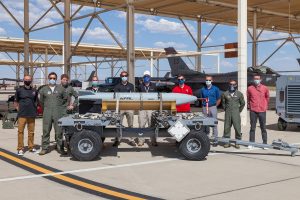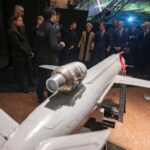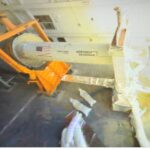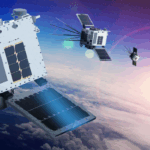
Digital twins look to be a new hallmark of U.S. Air Force weapons systems to improve their design, performance, and sustainment. NASA pioneered the use of twins in the 1960s during the Apollo moon missions by building a full-size replica of the Apollo capsule. That effort continues today, as NASA uses twins of the Perseverance Mars Rover and its Earth-bound sibling, the Operational Perseverance Twin for Integration of Mechanisms and Instruments Sent to Mars. Former Air Force Acquisition Chief Will…














